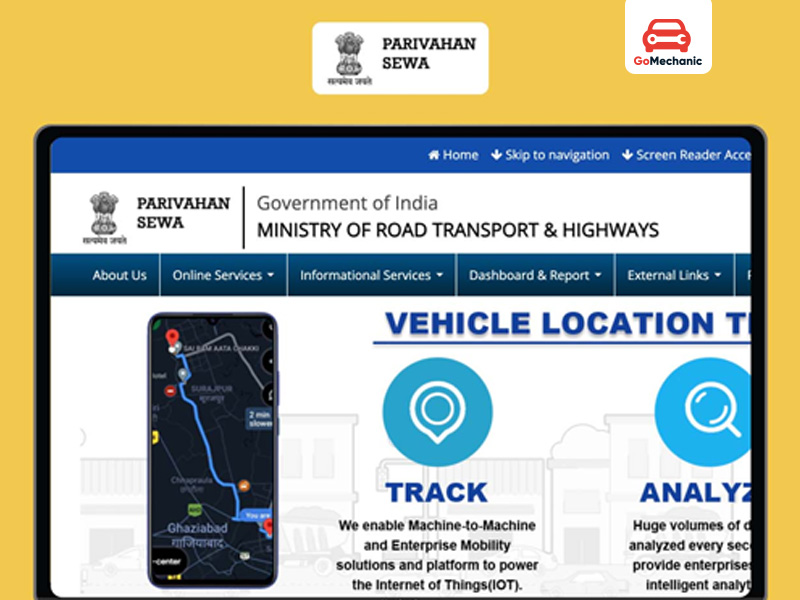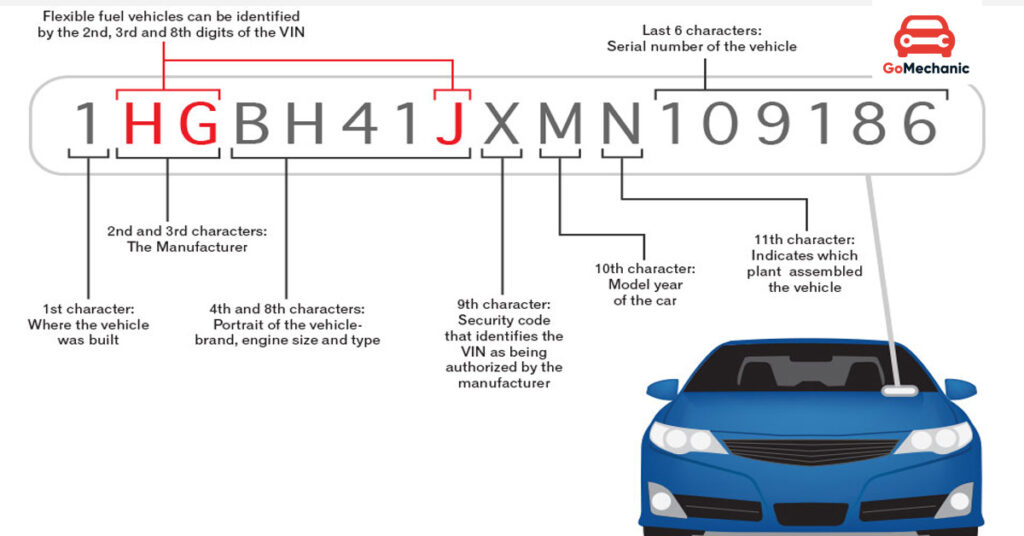Numbers matter. Some count cash. Some count years. And one? It defines your vehicle—its identity, its past, its DNA. That’s the VIN.
Every car. Every truck. Every bike. Stamped with a unique 17-character code. It knows everything. Where it was built. What powers it? If it’s clean—or carrying secrets.
You won’t check it every day. But when you buy, sell, register, or insure a car, you’ll need it. If it doesn’t match? Walk away.
So, what is VIN number? Where do you find it? How do you decode it? And what is its significance? And how to find VIN chassis number?
What is Vehicle Identification Number (VIN)?
Not just numbers. Not just letters.
So, what is vehicle identification number or what is VIN number? A VIN is more than a random code. It’s a 17-character Unique, Permanent fingerprint. Stamped onto every vehicle. It tells a story. Where it was made. What it carries. And why it matters. No duplicates. No exceptions. It tells a story. Where the car was built. What it runs on. Its history, its specs, its legal identity. It’s your car’s DNA.
Before 1981? Chaos. No rules. No standard. Every manufacturer had its own way. A mess. Confusing. Hard to track.Then came NHTSA. A fix. A universal format. Seventeen characters. No spaces. No symbols. No duplicates. Just one number. One identity. One way to know exactly what you’re dealing with. It’s more than a code. It’s history. It’s security. It’s the simplest way to verify a car—whether you’re buying, selling, or insuring. And if something doesn’t match? Walk away.
How to Find VIN Chassis Number?

Now how to find VIN chassis number? No special tools required. Just know where to look.
1. On the Vehicle Itself
- Dashboard: Stand outside the car. Check the lower-left corner of the windshield, right near the driver’s side. The VIN is usually stamped there.
- Door Frame: Open the driver’s side door. Check the sticker on the door frame or pillar.
- Engine Bay: Some manufacturers place the VIN on the firewall or near the engine.
- Chassis (For Bikes & Scooters): Look at the steering neck or near the engine casing.
2. On Documents
- Registration Certificate (RC) – Your VIN is printed on the vehicle registration document.
- Insurance Policy – Insurers use VINs to track vehicles. Your policy document will have it.
- Owner’s Manual – Some manufacturers print the VIN inside the manual for quick reference.
- Road Tax & Loan Papers – If your car was financed, the VIN will be on loan documents and tax receipts.
Pro Tip: Buying a used car? Always check the VIN on the vehicle matches the one on the documents. If they don’t? Walk away.
Decoding a VIN: What Do the 17 Characters Mean?

A VIN isn’t just a random mix of letters and numbers. It has a structure. Every section tells a story.
Breaking Down the VIN Code
| Section | Characters | What It Represents |
| World Manufacturer Identifier (WMI) | 1st – 3rd | Identifies the manufacturer & country of origin (e.g., “MA1” for Mahindra, “JHM” for Honda Japan). |
| Vehicle Descriptor Section (VDS) | 4th – 9th | Specifies model, engine, body style, and safety features. |
| Vehicle Identifier Section (VIS) | 10th – 17th | Unique serial number + year of manufacture + assembly plant code. |
Example VIN: MA1NB2A3XMC123456
- MA1 → Mahindra (India)
- NB2A3X → Model & body type details
- M → Manufactured in 2021
- C123456 → Serial number
Different brands use different coding formats, but the overall VIN structure is globally standardized.
Do read: Decoding VIN (Vehicle Identification Number) | Explained in Detail
Why is the VIN Important?
It’s more than just a number. It’s proof. It’s security. It’s a history tracker.
1. Buying a Used Car? Check the VIN First.
A car can have a shiny exterior but a shady past. The VIN helps uncover it. Run a VIN check through government or private databases to see if:
- The car was ever stolen or involved in an accident
- The odometer has been tampered with
- There are pending loans tied to the car
2. Verifying Recalls & Warranty
Manufacturers use VINs to issue recall notices. If a car part has a safety defect, you’ll get notified. Some carmakers even let you check recall status on their websites—just enter your VIN.
3. Insurance & Loan Approval
Insurance companies track claims and damages using the VIN. Banks require it before approving a vehicle loan. Without it, you won’t get covered or financed.
4. Registering Your Car
The VIN stays. Always. Once registered, it’s locked to your car’s number. A permanent link. A digital fingerprint. If there’s a dispute? A legal issue? A stolen vehicle case? Authorities track it. Instantly. No mix-ups. No second guesses. Your VIN tells the truth—even when everything else doesn’t.
5. Preventing Theft & Fraud
VINs can be swapped. Cloned. Tampered with. Some criminals use fake plates to hide stolen cars. Check the VIN. Match it with the documents. If it’s off, walk away.
Helpful read: From Basics To Advanced: Understanding Car Insurances Types And Coverage
How to Check a VIN Online in India?

Several government and private platforms let you verify vehicle details using the VIN.
1. Government Platforms
- VAHAN (Parivahan) Portal – India’s official vehicle registry. Use the VAHAN website to check registration details.
- RTO Websites – Some states allow VIN checks through local transport department sites.
2. Private VIN Check Websites
- CarDekho – Offers a VIN-based history report.
- Carfax India – Checks accident records and ownership history.
- Insurance Aggregators (Policybazaar, Digit, Acko) – Verify claim history linked to a VIN.
Most of these require a small fee but can save you from buying a problem-ridden car.
The VIN is Your Car’s Identity
Paint can change. Parts can be swapped. Plates can be replaced. But the VIN stays the same. It’s the car’s true identity—its history, its proof. Buying? Check the VIN. Selling? Match it with the documents. Registering or insuring? You’ll need it. No exceptions.
Know it. Check it. Protect it. Because when it comes to vehicle identity, the VIN tells the truth—even when everything else doesn’t.

